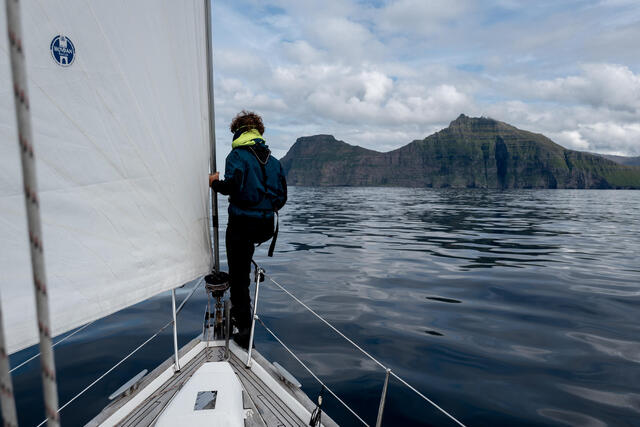To avoid these visual and health problems, here are some behaviours to adopt. Before anything else, keep in mind that the easiest solution for us will certainly be the hardest for the earth.
We recommend that you always make sure you stay at least 50 metres from streams when nature calls.
Ideally, dig a hole (with your foot, a stone or a small retractable shovel). There's no need to dig deep: the most effective enzymes for degrading human waste are found in the top 25 centimetres of soil.
AS FOR THE PAPER: don't burn it! Previously recommended, this is now off limits because of the upsurge in forest fires. And of course, remember to pack eco-friendly toilet paper (or special septic tank that will degrade faster).
It's worth knowing that mixing it all up causes it to degrade faster. And as we need to instil the right behaviours in children at the earliest possible age, the search for suitable sticks can become a game.
Don't wash your hands in a watercourse, but instead use a blob of alcohol-based gel.
POINT SUR LE PAPIER : attention à ne pas le brûler ! Auparavant préconisé ce geste est désormais à proscrire à cause de la recrudescence des feux de forêt. Et bien entendu, pensez à emporter du papier toilette écologique (ou spécial fosse septiques qui se dégradera plus rapidement).
Il faut savoir que le fait de mélanger le tout permet une dégradation plus rapide. Et comme il vaut mieux inculquer les bons réflexes aux enfants le plus tôt possible, la quête de bâtons adéquats peut devenir un jeu.
Ne vous nettoyez pas les mains dans un cours d'eau, préférez une noisette de gel hydro-alcoolique.















